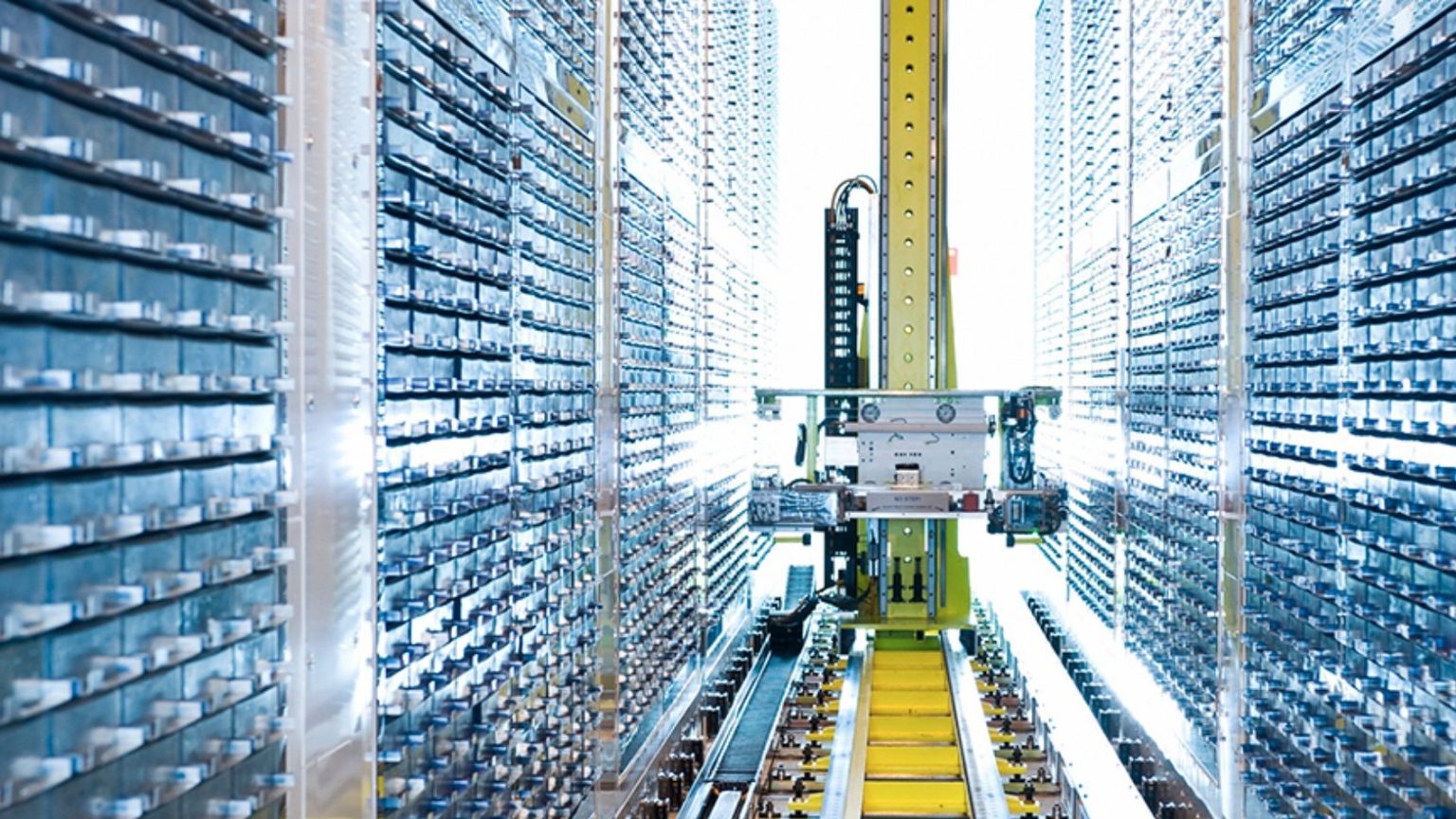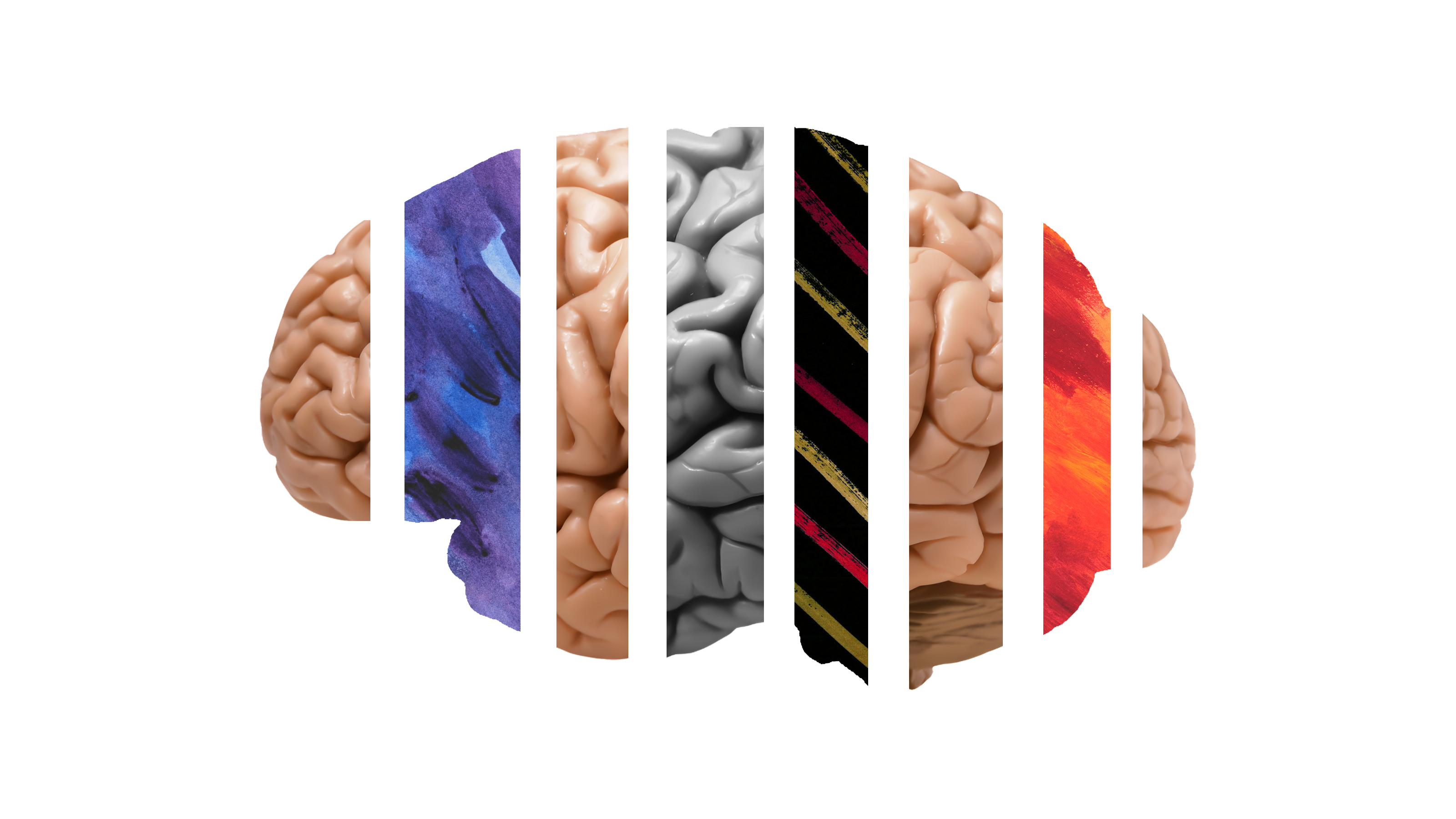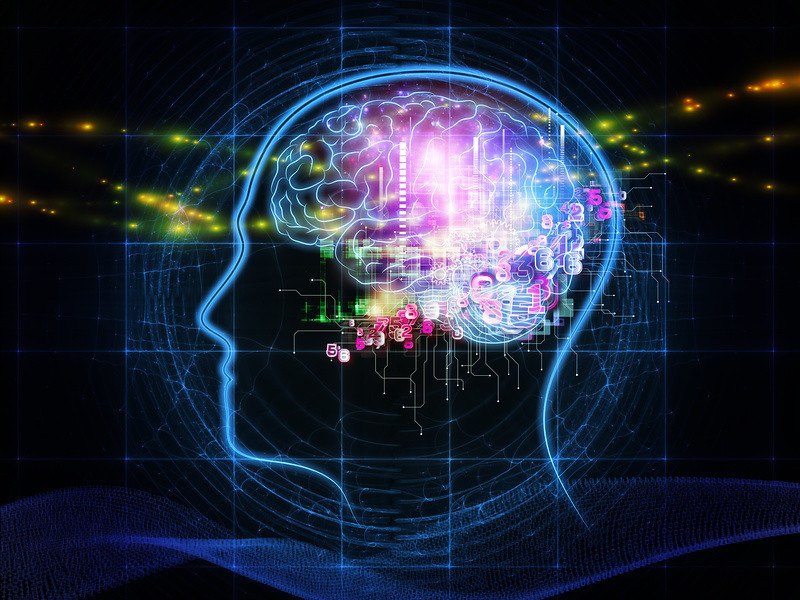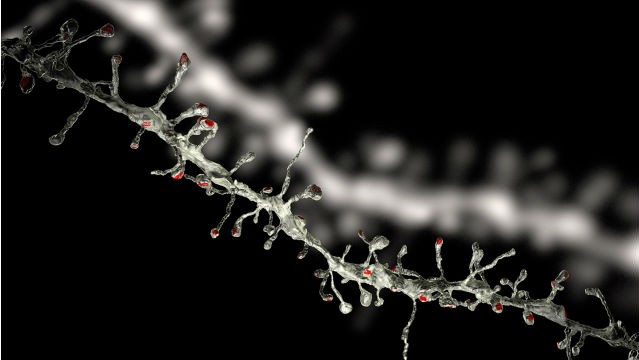The 21st Century Brain: A New Series at Big Think
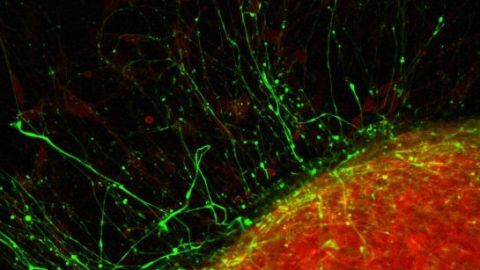
What’s the Big Idea?
“My own brain is to me the most unaccountable of machinery – always buzzing, humming, soaring roaring diving, and then buried in mud. And why? What’s this passion for?” asked Virginia Woolf. The revolution in functional imaging has brought us closer than ever to answering this question. We now have the power to map the brain, peering into the human mind to decode words from silent thoughts.
But what will human consciousness look like, if we ever finally catch a glimpse of it? What new powers and possibilities might we unlock? In this interdisciplinary series, we’ll explore the grand challenge of reverse engineering the brain – and its implications on every field, from neuroscience to engineering, economics, ethics, and the arts.
Pioneering neuroscientist Joy Hirsch kicks off the discussion with an answer to the question, “What new developments are on the horizon in brain research?”
If the past thirty years are any indication, the future will inevitably involve rapid and sophisticated advancements, which Hirsch says will be more about “integration of known technologies more than new technologies. The integration of structural imaging, higher and higher resolution, of course, is extremely valuable. So as our scanners become higher field strengths, we can resolve higher granularity of the anatomical details, almost down to the cellular levels.”
What’s the Significance?
Better pictures of the brain mean better medical care – Hirsch’s work as director of the Program for Imaging & Cognitive Sciences at Columbia University has already been used by surgeons to help navigate and understand the consequences of operating on various regions. Now that researchers have built exceptional cognitive maps, the next step is to figure out how the regions interact. The more we learn about the brain, the more we can change it, says Hirsch.
Applications abound for both therapy and improvements in functioning. According to an exhibit that Hirsch helped curate at the American Museum of Natural History, “New drugs are being developed that could someday eliminate pain, reduce the need for sleep, control appetite and obesity, improve memory, increase creativity, and prevent aging.”
How to Make It to Top of Your Field (Even If You’re a Woman in Science)
Here, Hirsch gives her advice for climbing the ranks and becoming an expert in your domain. Watch:
